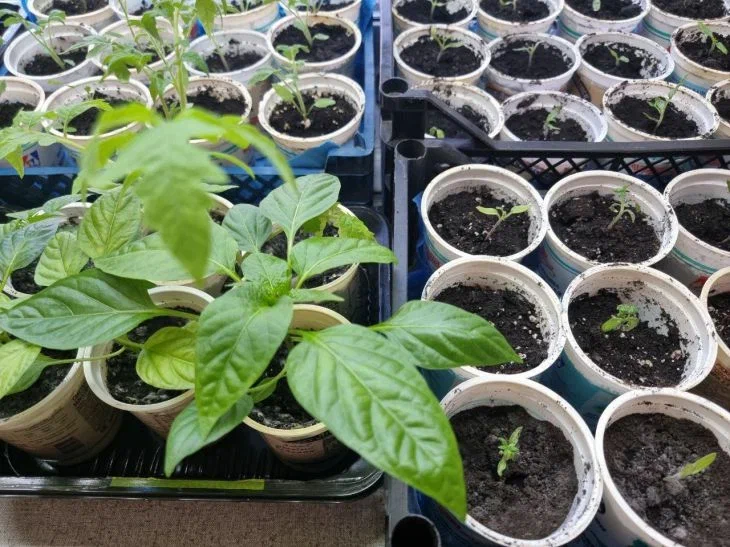Spring fever makes gardeners make the same mistakes.
An experienced gardener, who has been watching the death of overgrown tomatoes and stunted peppers for years, reveals the secret of 90% seedling survival.
His method, based on precise calculations, turned the struggle with nature into a predictable process with a guaranteed harvest.

Early sowing of seeds is the first trap for the impatient. Neighbors stubbornly sow tomatoes in February, following tradition, but by May they get fragile stems instead of strong bushes.
Each crop requires an individual approach: peppers begin their journey on the windowsill two weeks earlier than eggplants, and low-growing tomatoes develop faster than giant varieties.
Confusion between greenhouse and outdoor planting dates results in stress for plants.
Film covering allows you to transfer seedlings to the beds earlier, but a mistake of a couple of degrees at night destroys the roots. An ordinary thermometer, stuck into the ground to the depth of a shovel, becomes the main adviser: 12°C for tomatoes, 15°C for peppers.
Three stable morning measurements are the green light for transplantation.
Fear of spring frosts forces us to keep seedlings indoors until June.
Gradual hardening solves the problem: two hours in the shade on the first day, a full light cycle by the end of the week. Plants that spend the night under a non-woven cover adapt to open ground more easily.
The same schedule for all varieties is a recipe for disappointment.
Large-fruited peppers require 10 days more than compact hybrids. The stem of a tomato ready for transplantation is comparable in thickness to a child's little finger, and the pepper reaches the height of a palm. An error of five days reduces the yield by a third.
The magic of numbers is hidden in the countdown. Subtract 45 days from the expected planting date for tomatoes, 60 for peppers, 55 for eggplants. Add a week for the seeds to germinate.
The proven formula eliminates overgrowing: seedlings sown on March 10 will have six true leaves and a strong stem by the end of April.
The main secret is not blindly following the calendar, but attention to detail.
Night temperatures below 13°C stop the growth of peppers, and tomatoes slow down their development at 10°C.
The film shelter protects from the cold, but requires daily ventilation.
The system, honed over years of trial and error, turned chaotic attempts into an exact science with a predictable result - baskets of vegetables by autumn.
